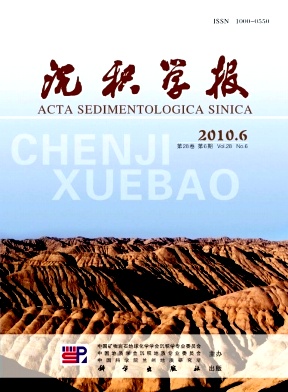New Evidence on the Sedimentary Framework of the Early Ordovician in Central Tarim and Adjacent Area
- Received Date: 1900-01-01
- Rev Recd Date: 1900-01-01
- Publish Date: 2010-12-10
-
Key words:
- Tazhong area /
- lowermiddle Ordovician /
- trough /
- isolated platform
Abstract: The previous viewpoint considered that,the early Tarim basin was an “unified carbonate platform”, its slope was developed along the GuchengLunnan area.Based on sedimentologic and seismic stratigraphic data from the lowermiddle Ordovician, deepwater slope and basinal facies were recognized along the MJ1TZ29 section, so that the Tazhong and its adjacent areas could have already been isolated from the “unified carbonate platform” and seprated into three platforms of TazhongBachu, Gucheng and Tangnan, which was also faced with TaBei area across a trough. The highenergy reefshore bodies bandingly developed among the edge of each isolated platform as a band, which were mainly composed of midhigh energy grain banks. Inwards, it becomes the deposition of platform,developing the subphases of intraplatform banks, intraplatform depression and interabeach seas and soon. Outwards it becomes deeperwater deposition area of slopetrough. Under this circumstance,the new regional depositional pattern of the Tazhong and adjacent areas has been established.This new pattern has great theoretical and realistic significance for the establishment of new favourable exploration zones.It also greatly increases the strategic position for the petroleum exploration in lower Ordovician of research area.
| Citation: | YAN Wei. New Evidence on the Sedimentary Framework of the Early Ordovician in Central Tarim and Adjacent Area[J]. Acta Sedimentologica Sinica, 2010, 28(6): 1090-1097. |






 DownLoad:
DownLoad: